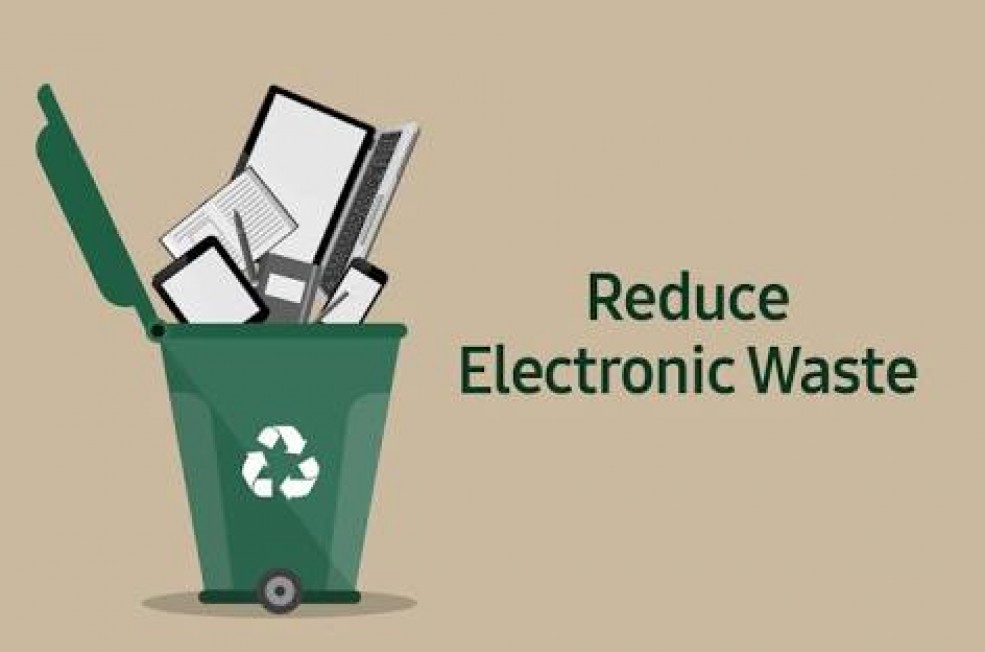
E-Waste Management: The Need of the Hour
- 5th May 2021
- Mumbai, India
- Energy | Climate Change | Waste
Written By: Shashwat
We use electronic devices every day. Since the pandemic, with most of the world adapting itself to the work-from-home lifestyle, our dependence on these devices have grown exponentially. We have been immensely relying on our laptops, phones, and tablets to get our work done. But at the same time, we have also felt the need to abandon our old gadgets in order to buy new ones, without realising that the environmental impact of disposing of our old devices is much more than we realise.
E-waste is the discarded electronic devices that the users no longer intend to use. It may be a phone that one finds outdated or a laptop battery that has run its due. These electronic devices or components ideally should either be repaired or recycled. The problem arises when such components are disposed of directly in landfills. According to a research conducted by United Nations University, Japan, around 59 million tons of e-waste end up in landfills each year, making it one of the fastest-growing waste streams in the world.
The formal management of e-waste around the world, especially in developing countries, hasn’t quite caught up with the rest of the waste management systems. The result being materials that can be reused also end up in the trash, which badly affects our environment. When e-waste gets mixed with other kinds of waste, it produces chemicals that are highly harmful to humans and the environment. Some of the waste is burnt too, which produces toxic chemicals that dissolves in the air, further hampering the air quality and increasing the possibility of pollution-related diseases in human beings.
Apart from that, e-waste can negatively affect soil and water too. When disposed of improperly, heavy metals and flame retardants can seep directly from the e-waste into the soil, contaminating the groundwater and ultimately making their way into lakes, rivers and oceans. This is harmful not only to the ones living on land but also in water as well.
India ranks 168 amongst 180 countries on the Environmental Performance Index 2020 which is also linked to poor performance in the environment health policy and deaths due to air pollution. According to the Greenpeace Report, in 2007, India generated 380,000 tonnes of e-waste, only 3% of which made it to the authorized recyclers’ facilities. As a developing country, India has a big responsibility to make better reforms in the environmental sector. Crucial steps must be taken by the government as well as the citizens to improve the formal management of e-waste.
It’s true that in the contemporary world technology is of supreme importance and we can’t imagine our lives without it even for a minute. But, we also need to take a look at the environmental impact that our decisions can cause. Wherever possible, we should try to repair instead of directly replacing our devices and if a device fails to perform after a certain point, we should opt for formal recycling instead of just dumping it into the trash. This way, we would be doing our bit in saving the environment and letting the materials be resourceful for manufacturing other products.
There’s still a long way to go where a proper formal recycling management system can function to its fullest which minimises the negative impact of e-waste on the environment, biotic life, and even the manufacturing industry. Still, it’s only through our individual efforts that this change can be brought to reality. E-waste is a growing concern in India and dealing with it is the responsibility for both the citizens and the government. Only then will we be able to reach our goal of creating a more sustainable future.
--
Sources: News Agencies
Image Source: Google